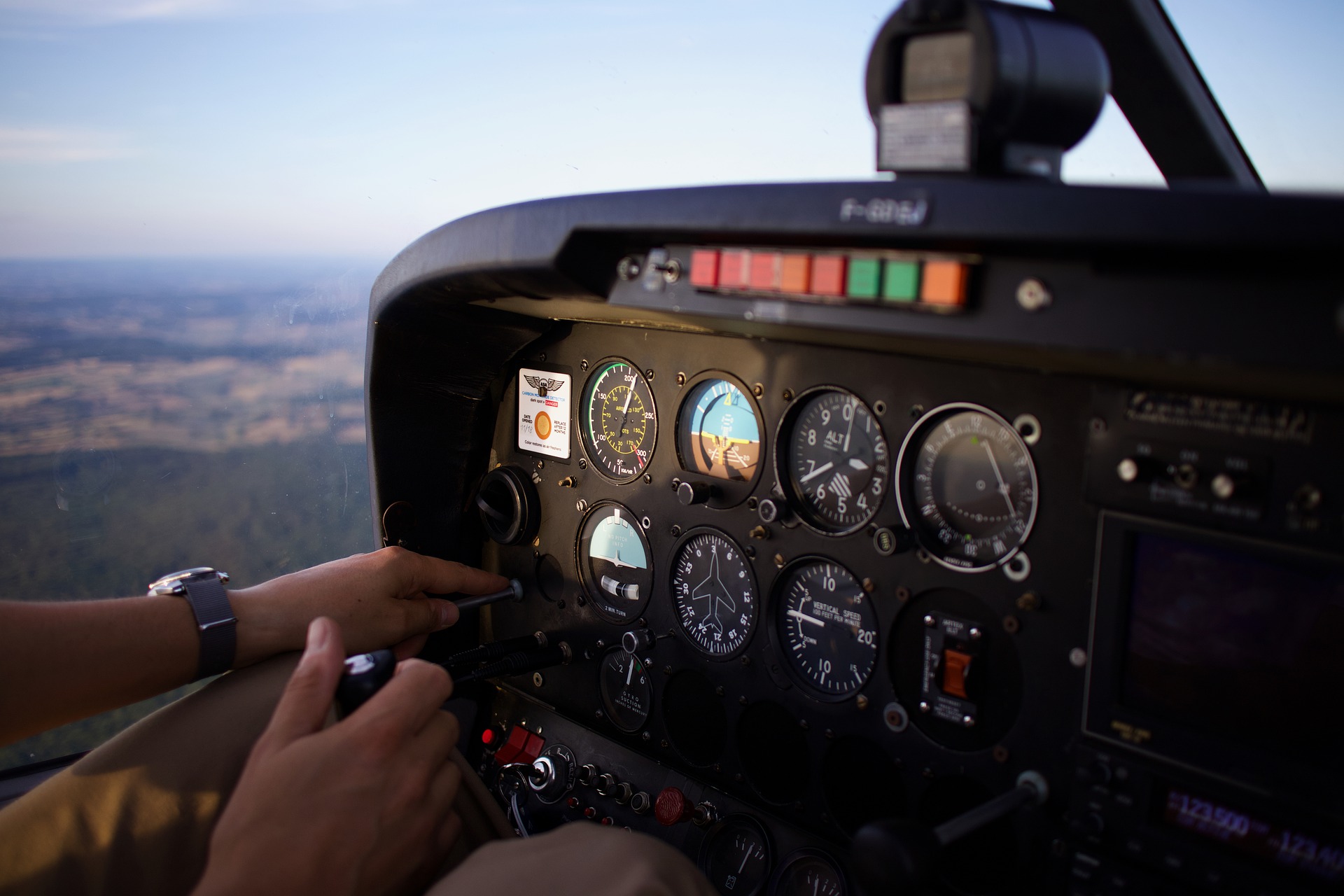Like any career, aviation demands certain physical conditions for performing the role of the pilot; the physical condition of the pilot has a direct impact on the efficiency and operation of a flight path; this puts the safety of the crew and passengers at stake. Due to this, airlines are obliged to periodically carry out health examinations through physiological tests to the personnel that make up their pilot staff; however, not all problems can be detected in physiological tests, leaving a range of risk in the aeronautical operations.
The falls
Cataracts are areas of clouding of the lens of the eye. People with this problem may have “blurry vision”; we can compare this to looking through a foggy window; this problem makes tasks like reading, writing, driving a car, or for our interest, flying an airplane difficult. Most cataracts develop slowly and do not alter vision at first, but vision is inevitably severely impaired over time.
Difficulty being detected
It is important to note that cataracts in their early stages are not easily detected by standard eye exams. The National Transportation Safety Board (NTSB) of the US said about a plane crash caused by cataracts “This accident demonstrates the dangers that cataracts pose to the safe operation of an airplane, especially at night.”; He further added, “Although the pilot was able to pass the certification exams and was able to see adequately to operate the aircraft during the day, the glare around the lights and the decreased visual acuity created by the falls degraded the pilot’s ability to see and control the plane safely at night.”
The Federal Aviation Administration (FAA) estimates that possibly 12,000 pilots, which is the same as 4% of all pilots, could have undetected cataract problems. This sends a warning to commercial aviation to establish more rigorous and meticulous vision tests, to reduce the risk of flight caused by the lack of vision of the pilots.
A concrete case
On December 26, 2013, a Cessna 172 aircraft attempted to land at Fresno Chandler Executive Airport (FCH), causing an accident that resulted in the pilot’s death and his passenger. The investigation revealed the pilot attempted to land three times but had visual difficulties in achieving his goal. Accounts of the aircraft’s maneuvers provided by witnesses stated the pilot’s visual difficulty as the cause of the accident. Investigations showed the runway lighting was correct. On the third landing attempt, the pilot crashed the aircraft.
What do you think of this topic? Do you think visual impairment is a high risk on commercial flights?
If you have any doubt or question, you can contact us or write your query in the comments section below.
Image by Paul Diaconu via Pixabay under Creative Commons license.
